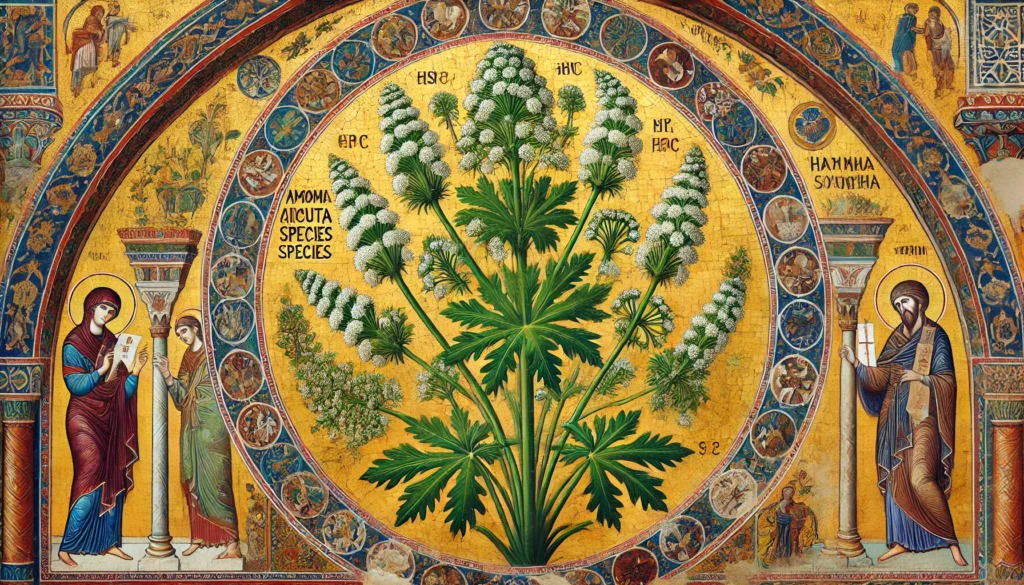

Home » Cat Plants » What Makes the Cowbane Plant Dangerous for Cats?

Cowbane, also known as water hemlock or poison parsnip, is a highly toxic plant to cats.
This wildflower contains the toxin cicutoxin, which can cause severe poisoning in felines even in small amounts. Cowbane is commonly found in wet areas like marshes, riverbanks, and damp pastures.
Ingestion may cause mild gastrointestinal upset, but is generally not life-threatening.
Ingestion can result in mild symptoms like vomiting, diarrhea, or drooling. Rarely fatal but may require veterinary care.
Eating these plants can lead to more pronounced symptoms like abdominal pain, lethargy, or difficulty breathing. Veterinary intervention may be necessary.
Ingesting even small amounts can cause severe symptoms like organ damage, seizures, or cardiac failure without rapid treatment.
All parts of these plants are extremely poisonous to cats and can quickly lead to death, even with immediate veterinary care.
** Please note: Please note that toxicity level can vary based on the amount ingested and the specific cat. It's always best to keep these plants completely inaccessible to cats and seek immediate veterinary care or call the poison hotline if you suspect your cat has ingested any part of a toxic plant.
If a cat ingests any part of the cowbane plant, especially the roots, they may begin to show symptoms within minutes. Signs of cowbane poisoning include:
If you suspect your cat has ingested cowbane, take them to a veterinarian immediately. Provide the vet with information on when symptoms started and if your cat may have had access to the plant.The vet will likely:
Quick treatment is critical, as cowbane poisoning can be fatal to cats.

A: Yes, cats can be allergic to Cowbane. Symptoms of an allergic reaction may include itching, sneezing, and skin irritation.
A: Yes, Cowbane, also known as Water Hemlock, is highly toxic to cats. Ingesting any part of this plant can cause severe symptoms and can be fatal if not treated promptly.
A: Symptoms of Cowbane poisoning in cats include vomiting, diarrhea, drooling, tremors, seizures, and difficulty breathing. Immediate veterinary care is crucial if ingestion is suspected.
A: To prevent contact, ensure that Cowbane is not present in your home or garden. Keep your cat indoors or monitor outdoor activities closely to avoid exposure.
A: If your cat ingests Cowbane, contact your veterinarian immediately. Do not induce vomiting unless instructed by a veterinary professional. Immediate medical attention is necessary.
A: Cowbane is more commonly found in wild areas and along water bodies rather than home gardens. However, if you do have this plant in your vicinity, it is important to ensure it is kept out of reach of cats to prevent accidental ingestion.
Cowbane is a member of the Apiaceae family, which includes carrots and parsley. However, this plant has been called “the most violently toxic plant in North America.”
Its common name comes from its ability to poison cows and other livestock.Notably, cowbane is thought to be the plant that killed Socrates in ancient Greece when he was sentenced to death by poisoning.
All parts of cowbane contain toxins, but the roots and seeds have the highest concentration.
Please note: The information shared in this post is for informational purposes only and should not be considered as veterinary medical advice.
🐾 A hilarious or heart-melting cat video
🐾 Our latest paws-on review of a cool cat toy